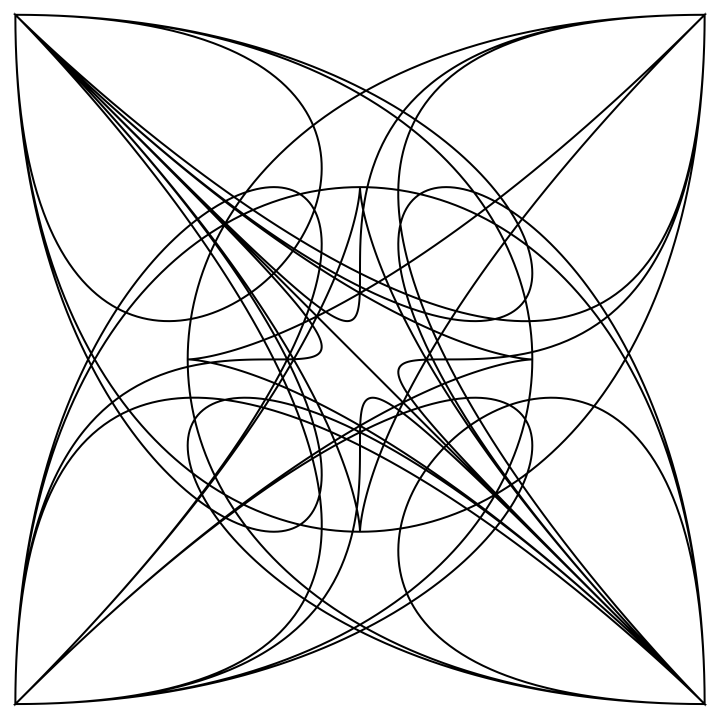The Kolakoski sequence
The Kolakoski sequence is a list of 1's and 2's. Each number can appear alone in a block of one,
or next to another copy of the same number in a block of two.
For example, a block of one 1 is "1" and a block of two 1's is "11".
The Kolakoski sequence is constructed so that the numbers in the sequence
describe the lengths of the blocks in the sequence.
The sequence begins as follows:
1 2 2 1 1 2 1 ...
These first seven numbers can be described as a block of one 1,
followed by a block of two 2's,
followed by a block of two 1's,
followed by a block of one 2,
followed by a block of one 1:
1 22 11 2 1 ...
The lengths of each of those blocks, in order, are: one, two, two, one, one, or:
1 2 2 1 1 ...
which you may recognize as the start of the Kolakoski sequence.
The sequence defines itself by describing itself.
At the beginning of the pandemic in 2020, I started going on “random Kolakoski walks.” I walked 1 or 2 blocks
according to the Kolakoski sequence, then turned randomly and repeated. The images above show possible
random Kolakoski walk routes on a grid.




